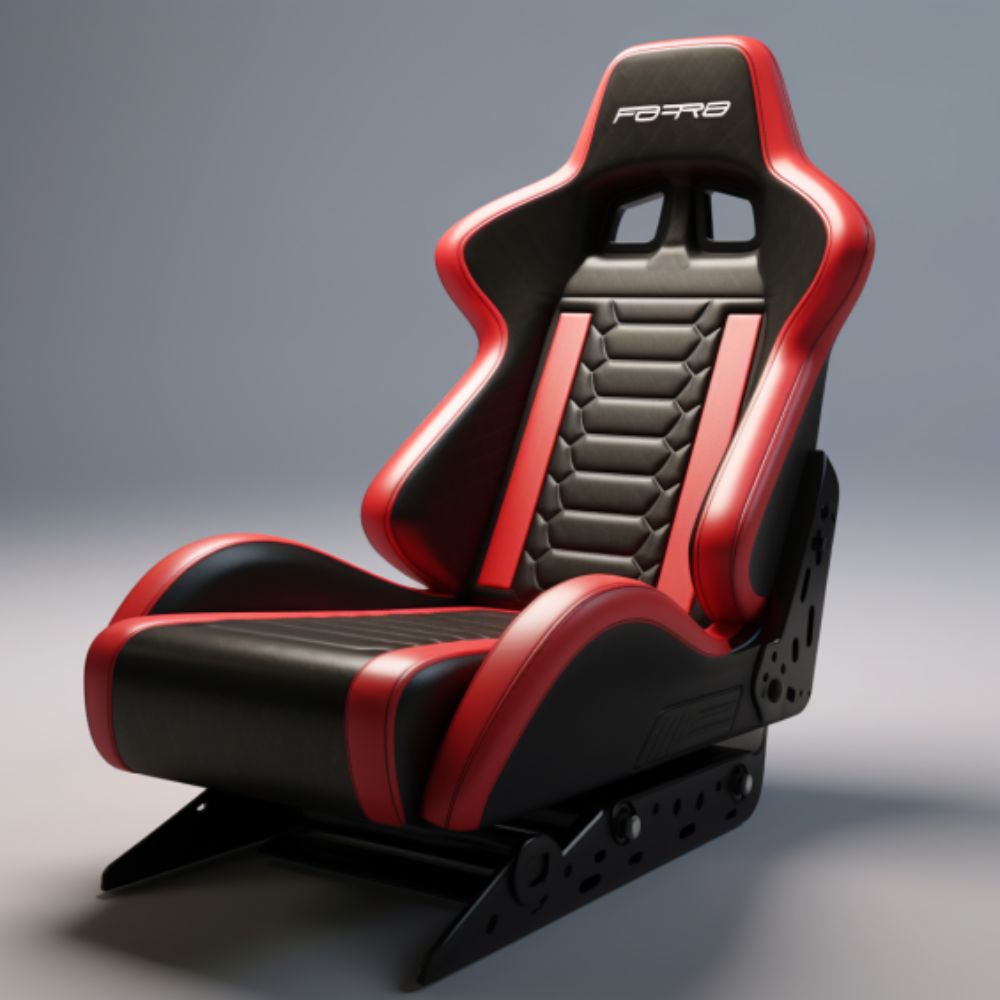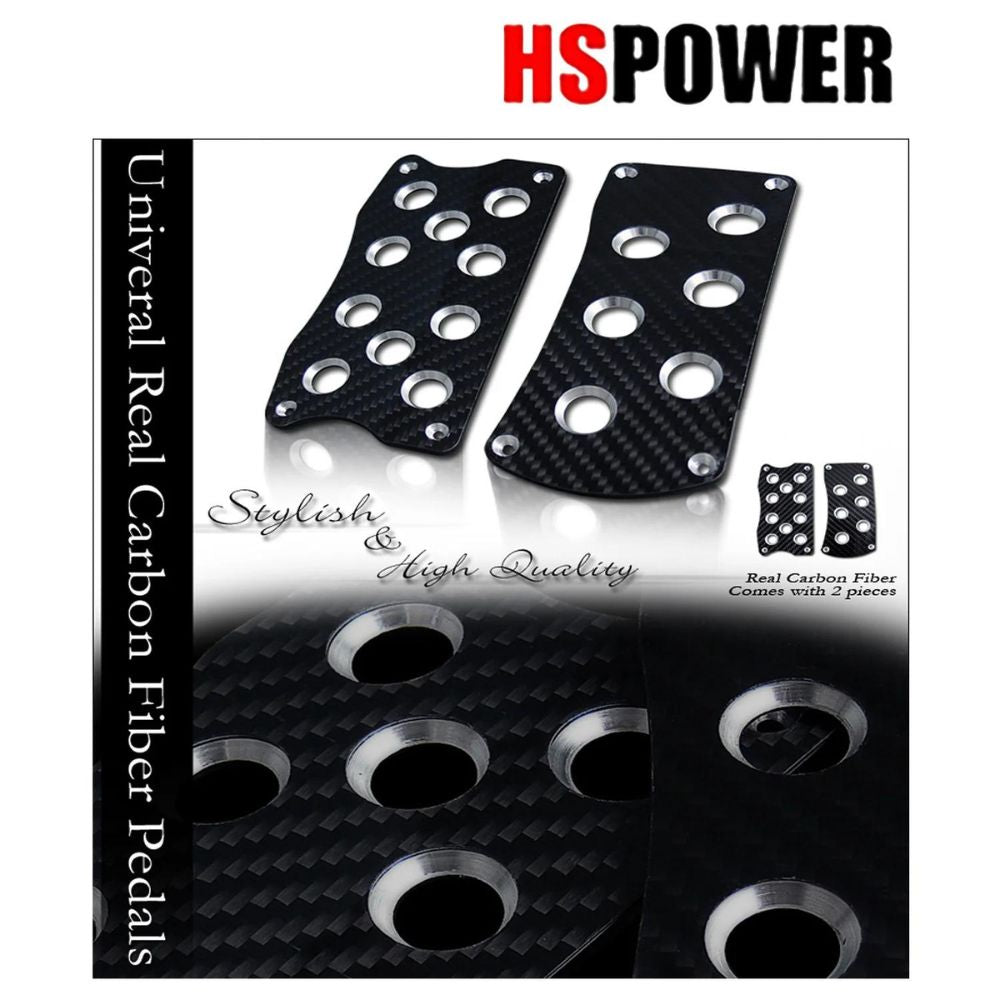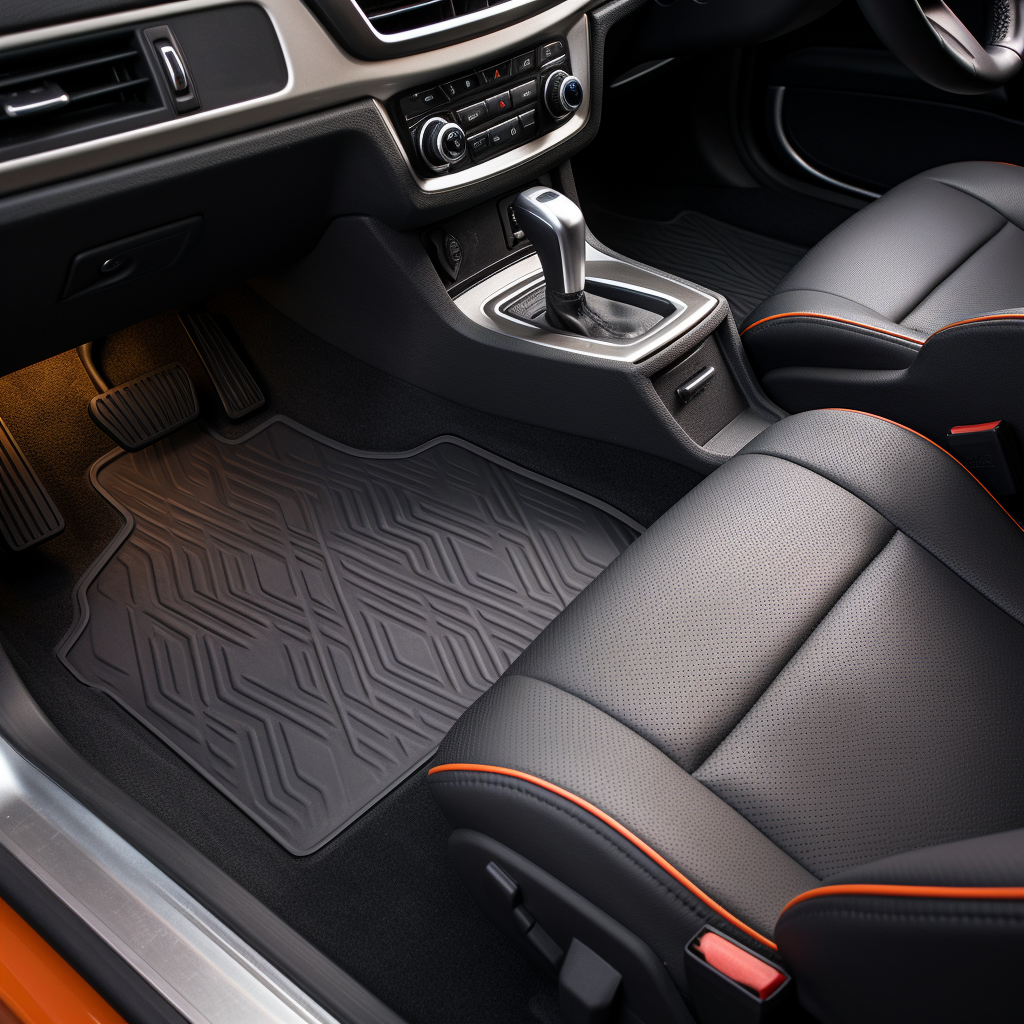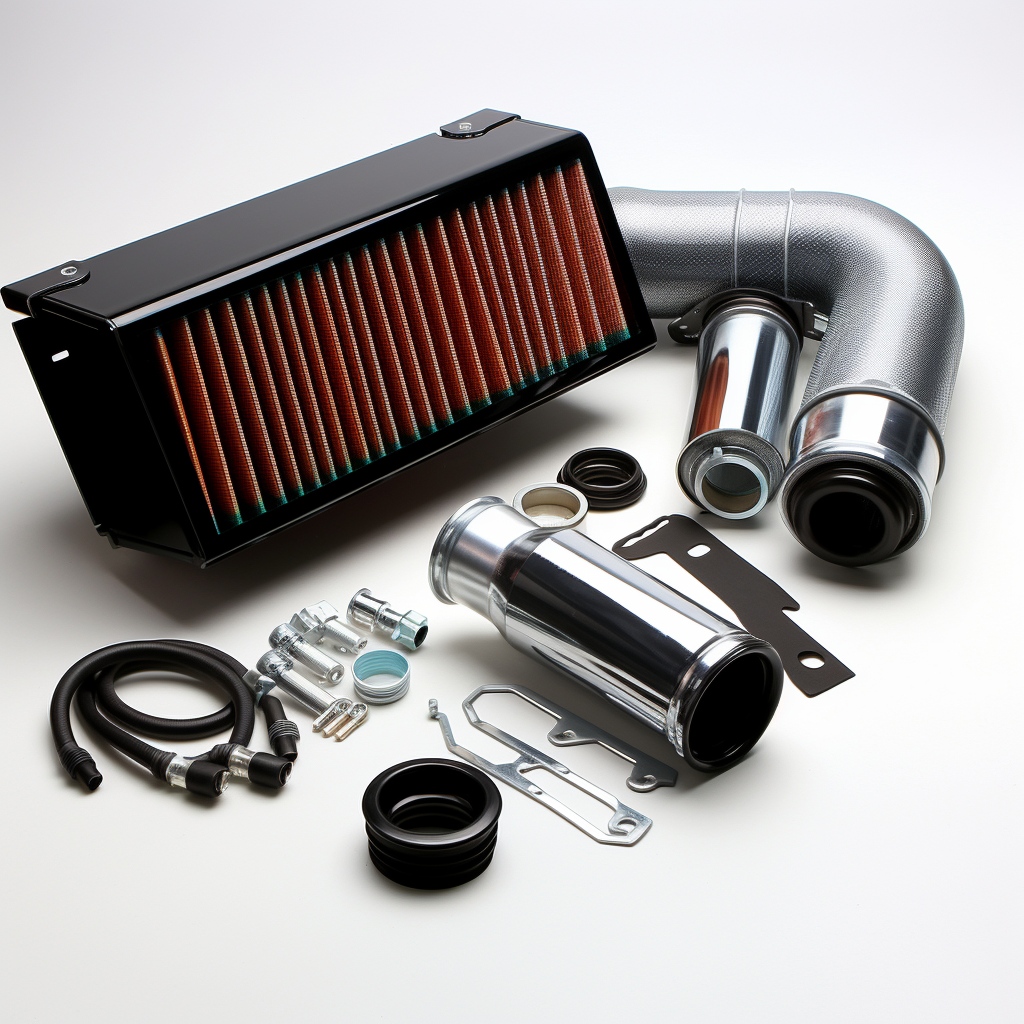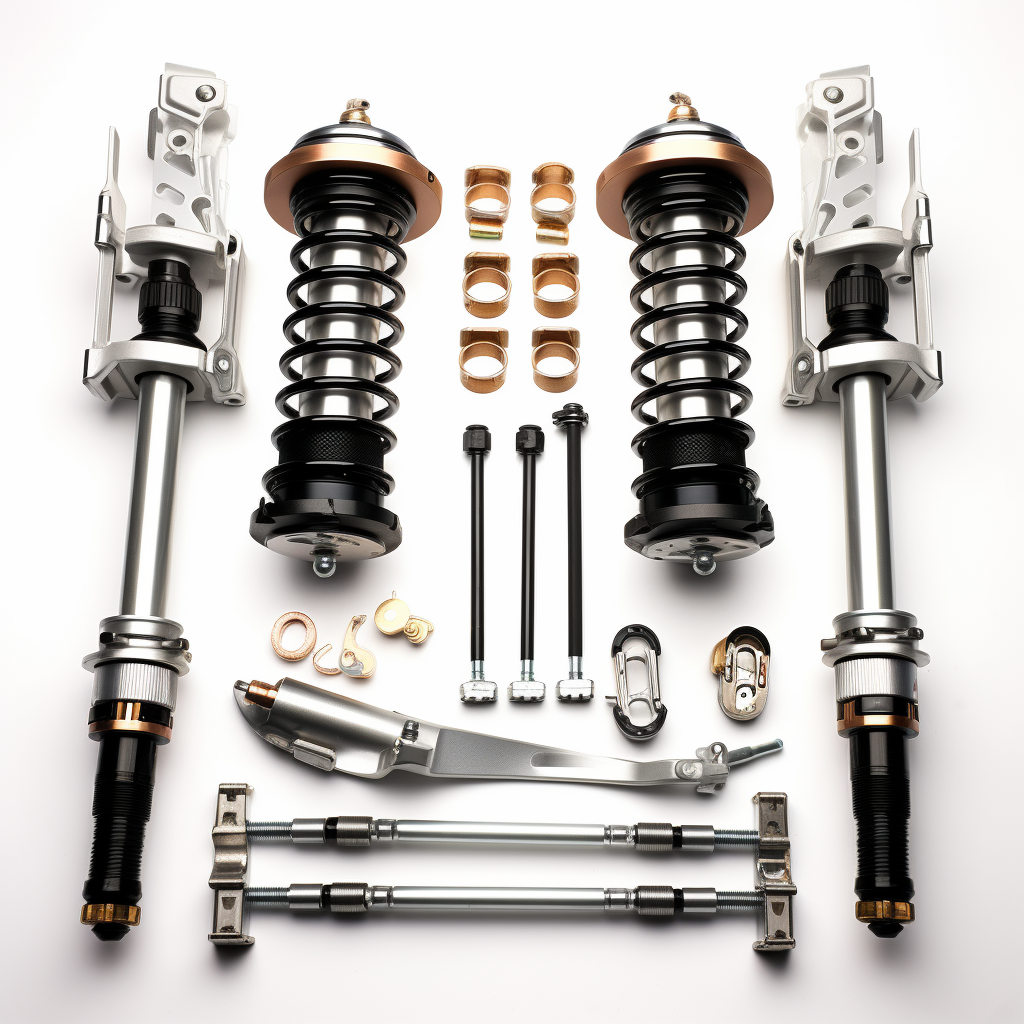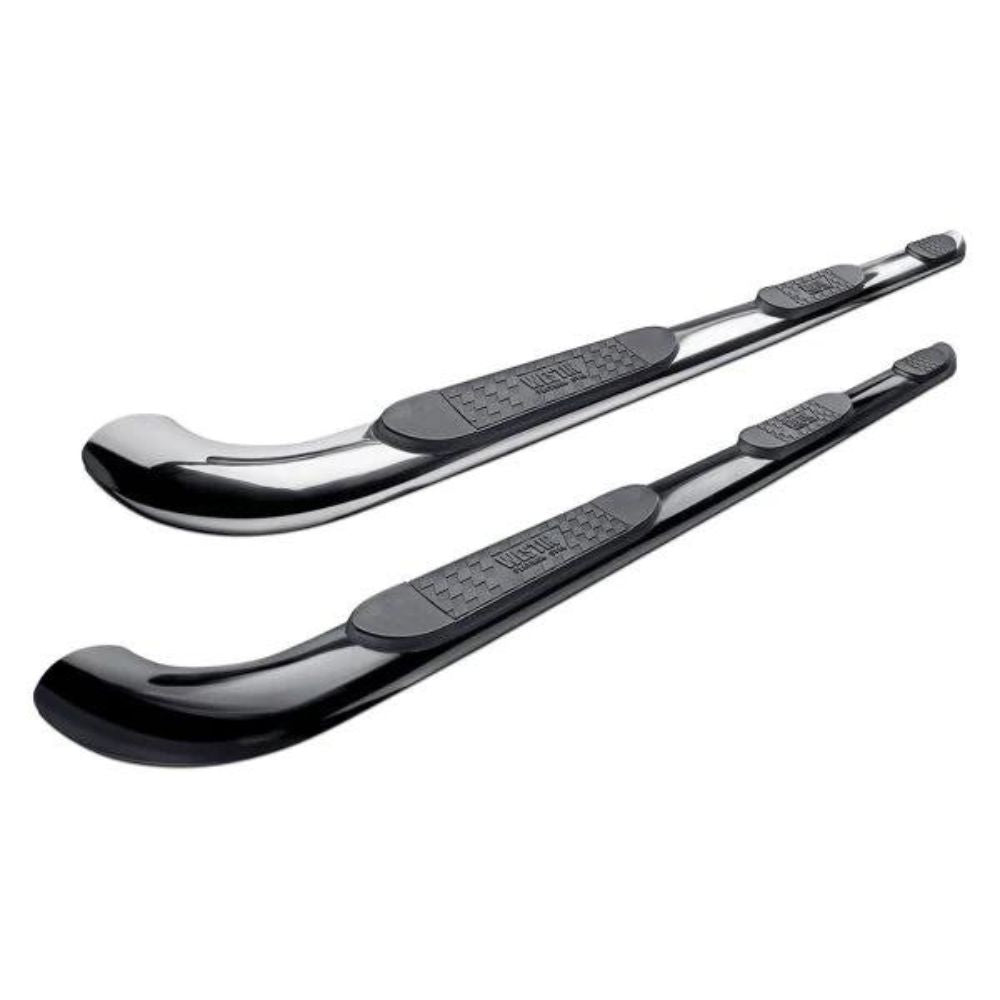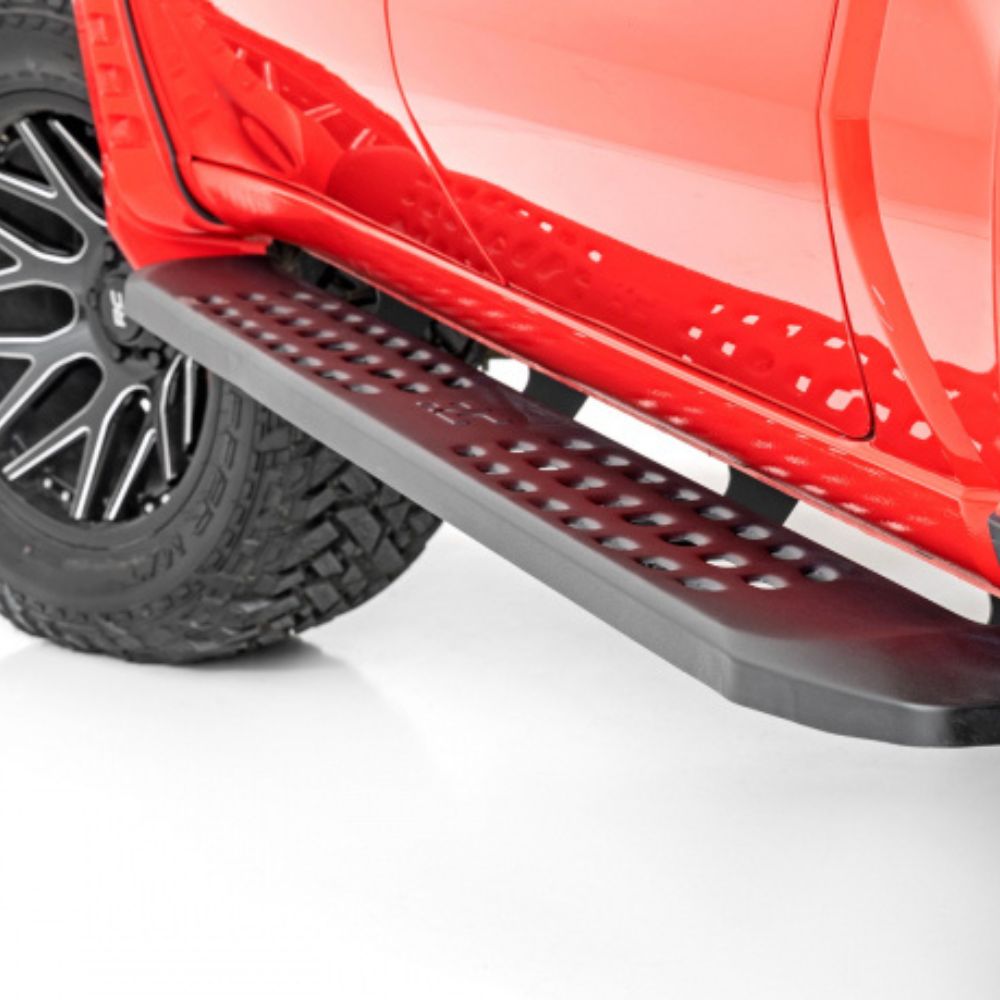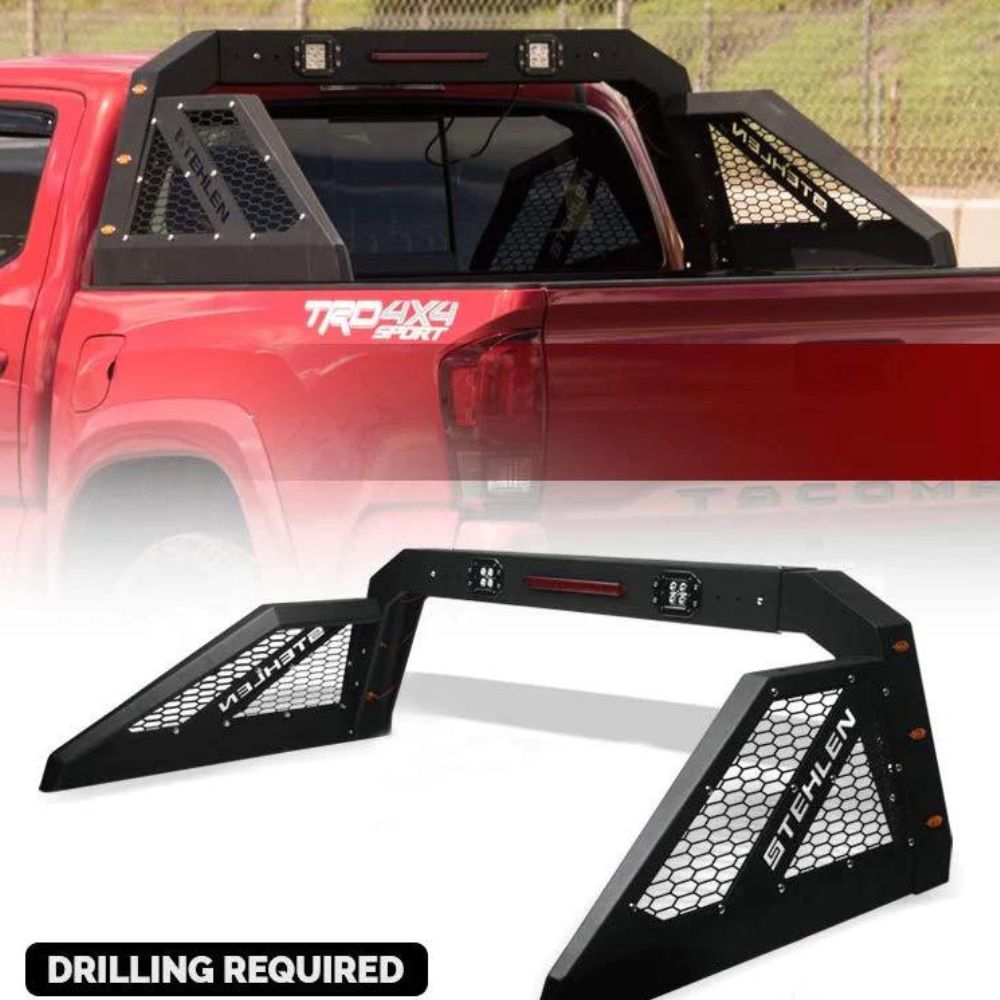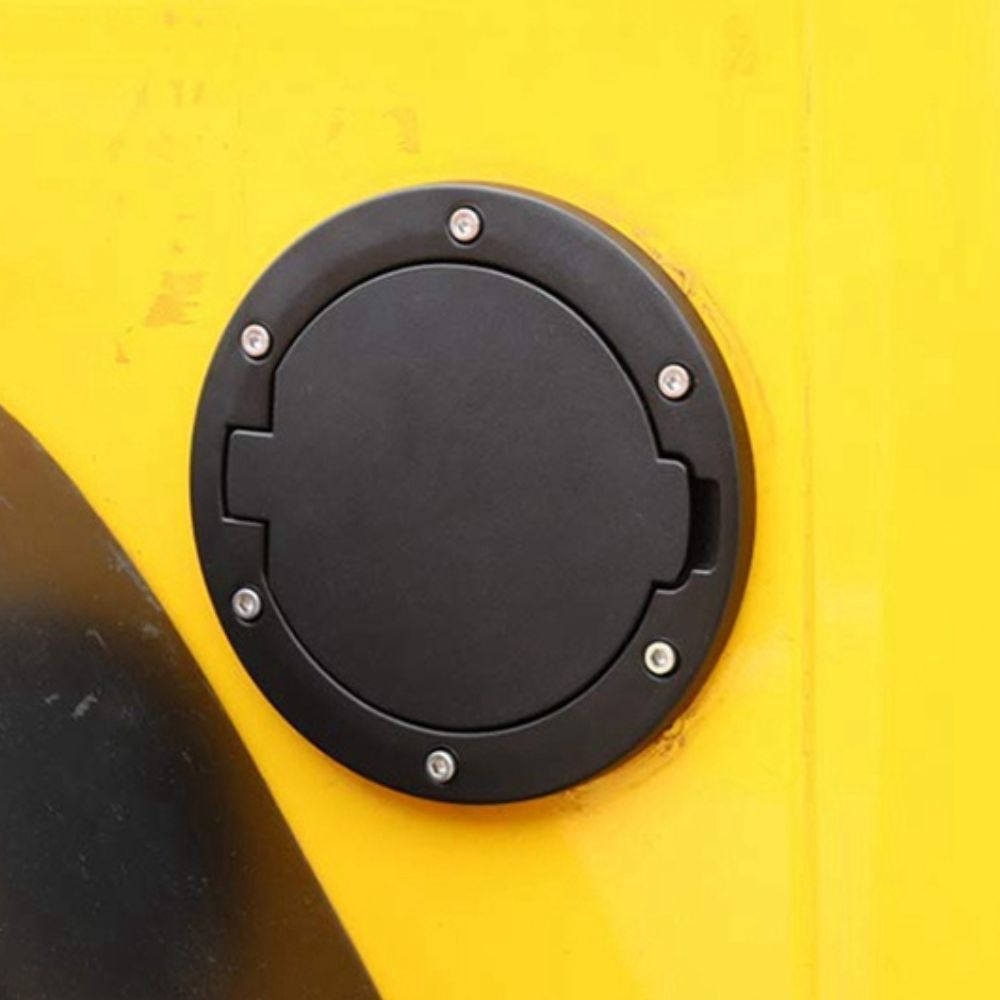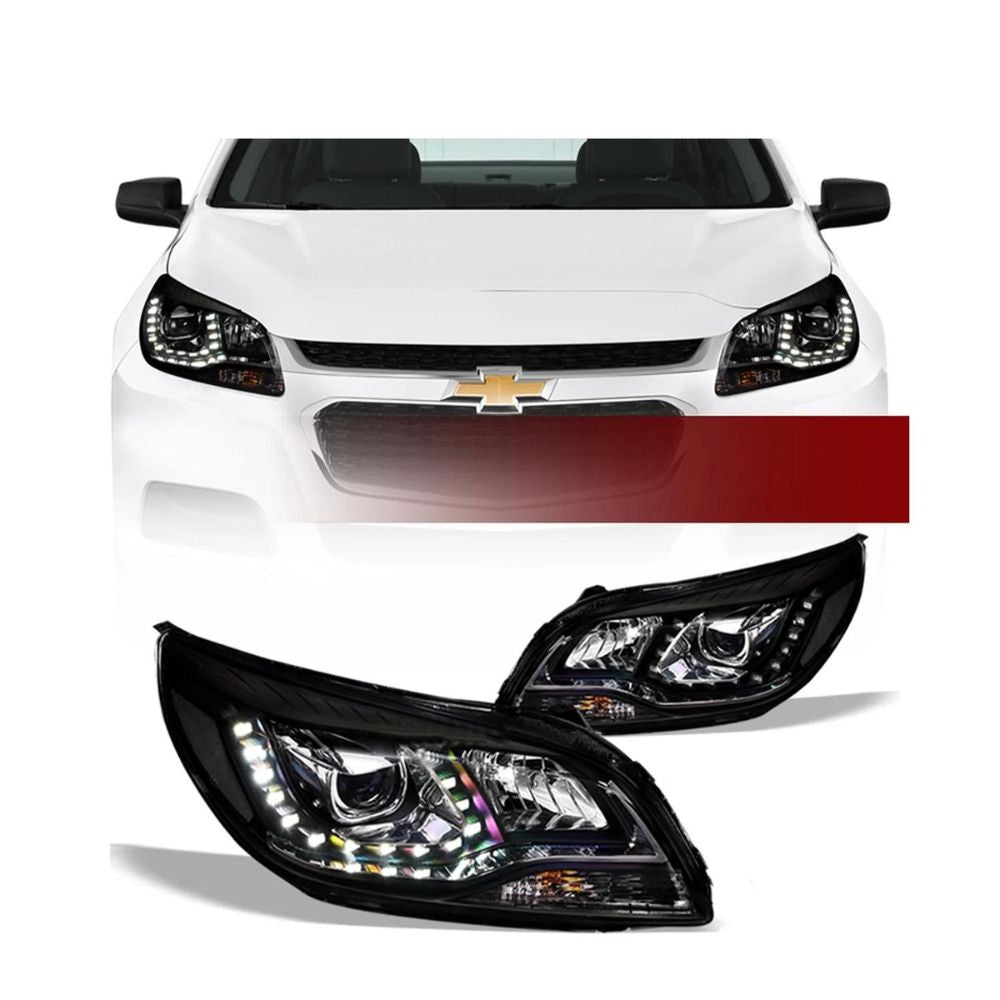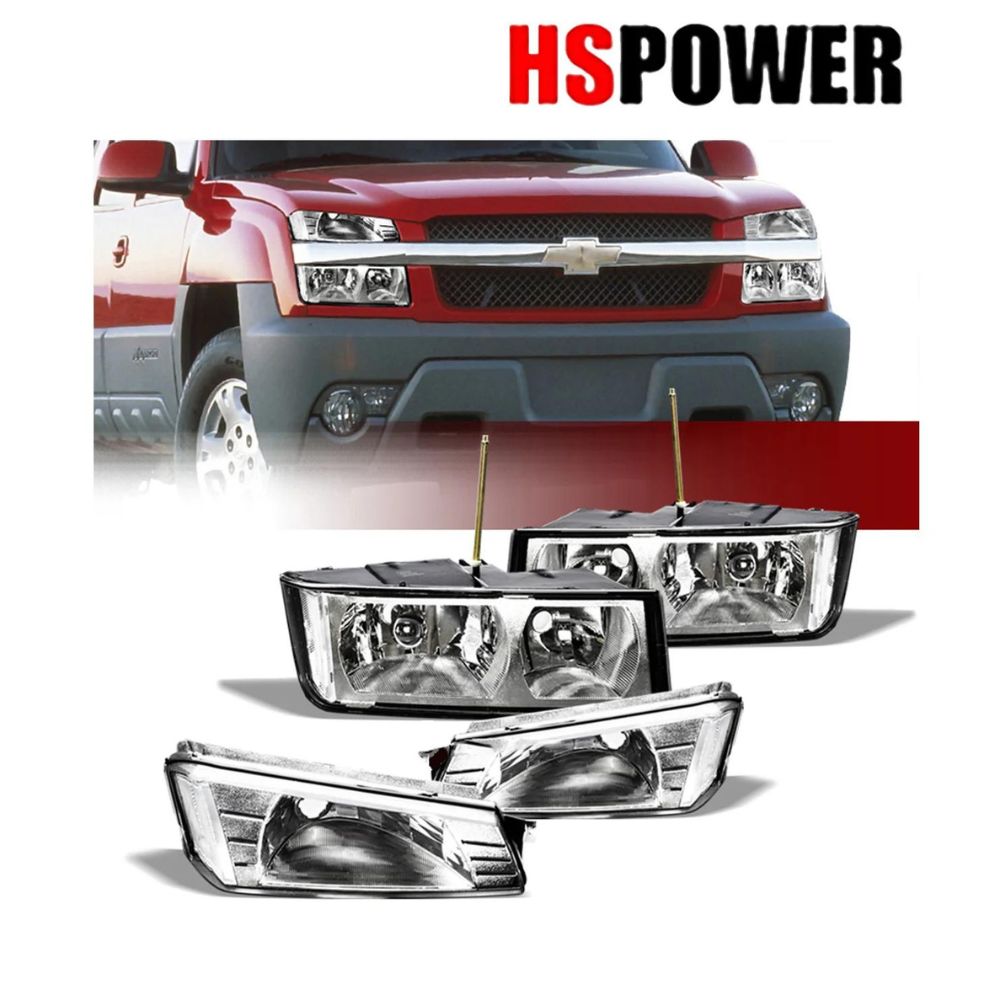
A Comprehensive Guide to Installing and Benefiting from Cold Air Intake with Heat Shield
Are you ready to unleash the full potential of your car's engine? If so, then installing a cold air intake with a heat shield could be the upgrade you've been looking for. In this comprehensive guide, we'll delve into the intricacies of cold air intake systems and explore how incorporating a heat shield can maximize their effectiveness. By the end, you'll understand not only how to install this upgrade but also how it can significantly benefit your vehicle's performance.
Table of contents
- Understanding Cold Air Intake with Heat Shield:
- Choosing the Right Cold Air Intake Kit with Heat Shield:
- Step-by-Step Installation Guide:
- Benefits of Cold Air Intake with Heat Shield:
- Maintenance and Care Tips:
- Final thoughts:
Understanding Cold Air Intake with Heat Shield:
To grasp the significance of a cold air intake with a heat shield, it's essential to first understand the basics of engine airflow. Traditional air intake systems draw in air from the engine bay, where temperatures can be significantly higher due to the proximity to the engine itself.On the other hand, cold air intake systems are made to draw air from outside the engine compartment, usually by means of a scoop or duct that is placed in a strategic manner to draw in colder air.
By adding a heat shield to protect the intake from the engine's radiant heat, this process is further enhanced. This insulation prevents the intake air from warming up as it passes through the engine bay, ensuring that a consistently cooler air charge reaches the engine's combustion chamber.
Choosing the Right Cold Air Intake Kit with Heat Shield:
Now that we understand the importance of a cold air intake with a heat shield, the next step is to select the right kit for your vehicle. Think about things like construction quality, performance requirements, and compatibility while comparing solutions.. Look for kits that are specifically designed for your make and model of car, as this will ensure a seamless installation process and optimal performance.
Additionally, pay attention to the materials used in the construction of the intake and heat shield for cold air intake. High-quality materials such as aluminum or carbon fiber offer superior durability and heat resistance, ensuring that your intake system will withstand the rigors of daily driving and high-performance applications.
Step-by-Step Installation Guide:
With your cold air intake kit selected, it's time to roll up your sleeves and get to work. While the exact installation process will vary depending on the make and model of your vehicle, the following steps provide a general overview of what to expect:
- Begin by disconnecting the negative terminal of the car battery to prevent any electrical mishaps during the installation process.
- Remove the factory air intake system, including the air box, intake tube, and associated hoses and clamps.
- Install the new cold air intake system according to the manufacturer's instructions, ensuring that all components are securely fastened and properly aligned.
- Position the heat shield around the intake filter, making sure that it sits flush against the engine bay and provides adequate insulation.
- Reconnect the car battery and double-check all connections to ensure that everything is in working order.
- Start the engine and allow it to idle for a few minutes, then rev the engine several times to ensure that the intake system is functioning correctly.
Benefits of Cold Air Intake with Heat Shield:

Now that your cold air intake with heat shield is installed, it's time to reap the rewards. The benefits of this upgrade are numerous and can have a significant impact on your vehicle's performance and drivability. Some of the key benefits of cold air intake with heat shield include:
- More power and torque: A cold air intake with a heat shield can increase combustion efficiency, which will result in a discernible boost in power output by supplying a colder, denser air charge to the engine.
- Improved throttle response: With a more responsive throttle, your car will feel more lively and eager to accelerate, making for a more engaging driving experience.
- Fuel efficiency gains: Cold air intake systems may reduce engine strain and maximize air/fuel mixture ratios, which in turn means fewer trips to the gas station and more fuel economy.
- Lower intake air temperatures: A heat shield helps maintain lower intake air temperatures, which further improves performance and dependability by shielding the intake from the heat produced by the engine.
Maintenance and Care Tips:
To ensure that your cold air intake with heat shield continues to perform at its best, regular maintenance is essential. Here are a few tips to keep in mind:
- Regularly inspect the intake filter for any signs of dirt or debris buildup and clean or replace it as needed.
- Check the heat shield for any signs of damage or corrosion and repair or replace it if necessary.
- Monitor intake air temperatures using a dedicated gauge or monitoring system and adjust driving habits accordingly to prevent overheating.
- Periodically inspect all connections and fasteners to ensure that they are tight and secure, especially after driving on rough or uneven terrain.
Final thoughts:
Installing a cold air intake with a heat shield can be a highly effective way to enhance your car's performance and drivability.This modification can produce considerable increases in horsepower, torque, and fuel efficiency by getting denser, colder air from outside the engine compartment and shielding it from the heat produced by the engine. Additionally, with proper maintenance and care, your cold air intake system can provide years of reliable service, ensuring that you enjoy the benefits of enhanced performance for miles to come.
Tip: If you want to know more about AF Dynamic cold air intake filter, consider reading one of our best articles, " How AF Dynamic Cold Air Intake Sets the Standard for Automotive Excellence?“
